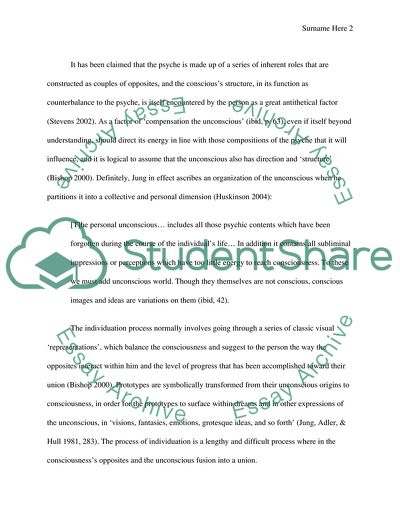Cite this document
(Carl Jung's Concept of Individuation Literature review, n.d.)
Carl Jung's Concept of Individuation Literature review. Retrieved from https://studentshare.org/philosophy/1747590-carl-jung-and-the-process-of-individuation
Carl Jung's Concept of Individuation Literature review. Retrieved from https://studentshare.org/philosophy/1747590-carl-jung-and-the-process-of-individuation
(Carl Jung'S Concept of Individuation Literature Review)
Carl Jung'S Concept of Individuation Literature Review. https://studentshare.org/philosophy/1747590-carl-jung-and-the-process-of-individuation.
Carl Jung'S Concept of Individuation Literature Review. https://studentshare.org/philosophy/1747590-carl-jung-and-the-process-of-individuation.
“Carl Jung'S Concept of Individuation Literature Review”, n.d. https://studentshare.org/philosophy/1747590-carl-jung-and-the-process-of-individuation.


